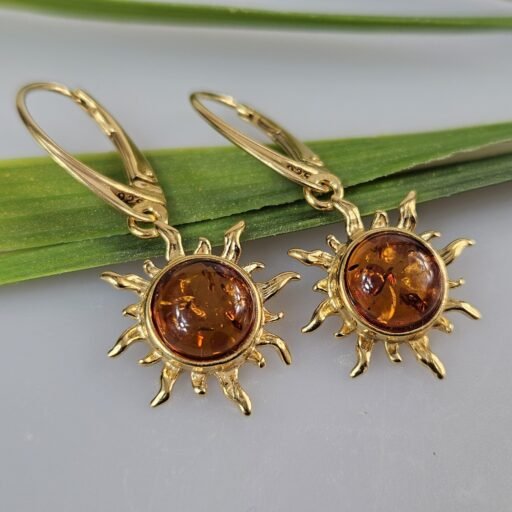Amber is fossilized tree resin that has been appreciated for its color and natural beauty. Baltic Amber dates from 50 mln years ago. More than 200 species of amber are known in the world and new ones are discovered every year. Lithuanians call amber their gold, probably because the Baltic Sea is the only sea that throws amber ashore. Amber can be clear or matte, opaque. Amber is special, it is light, warm and has an incredible variety of colors (white, brown, yellow, black, green, red, blue, etc.).
Today, amber is still used in the treatment of various diseases, especially thyroid disorders. An unpolished, natural amber necklace releases succinic acid to treat the thyroid gland and the bracelet to treat heart disease. Necklaces for dogs and cats – protect them from fleas. Amber electrifies animal hair and thus kills parasites.
Amber contains succinic acid, which is thought to have anti-inflammatory and painkilling properties. It is believed that when the beads are worn next to the skin, succinic acid is released into the body, providing relief from the pain and tenderness of teething.
Because it originates as a soft, sticky tree resin, amber sometimes contains animal and plant material as inclusions.




 Lietuvių
Lietuvių